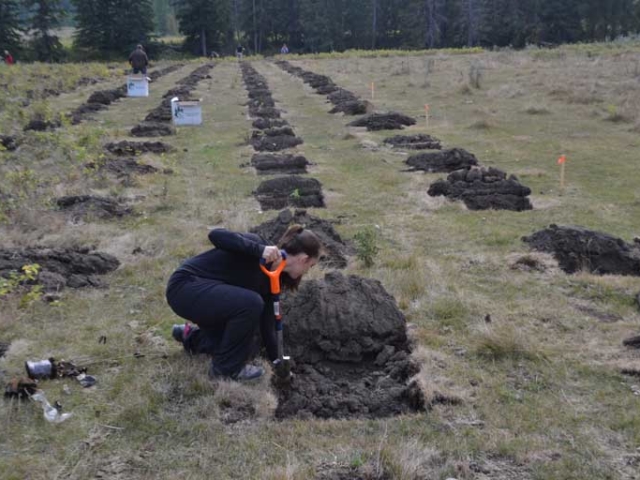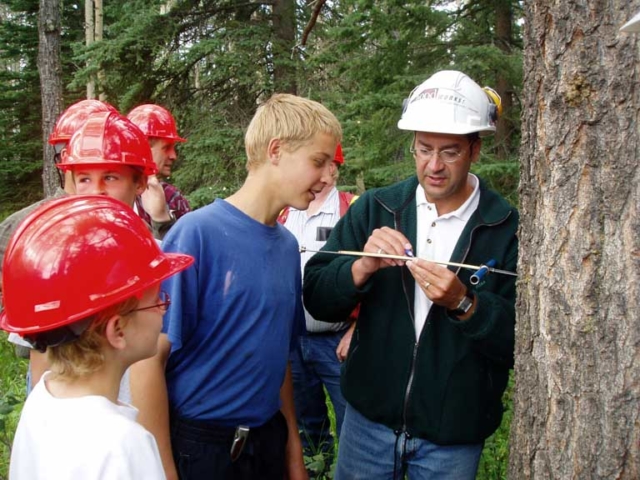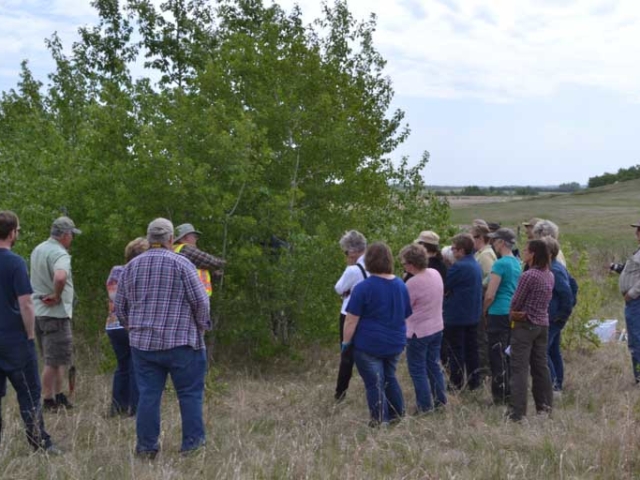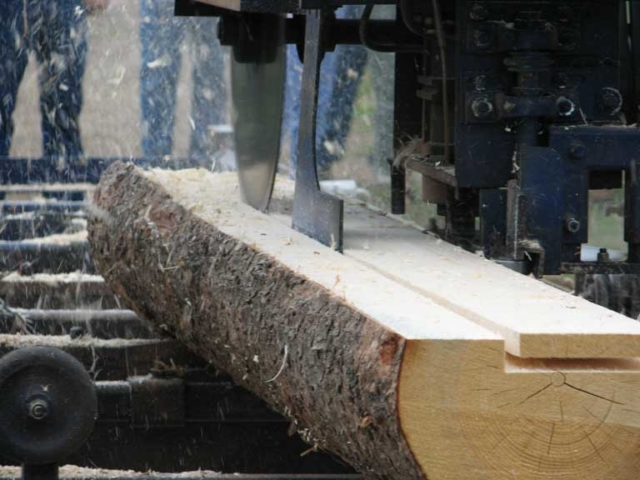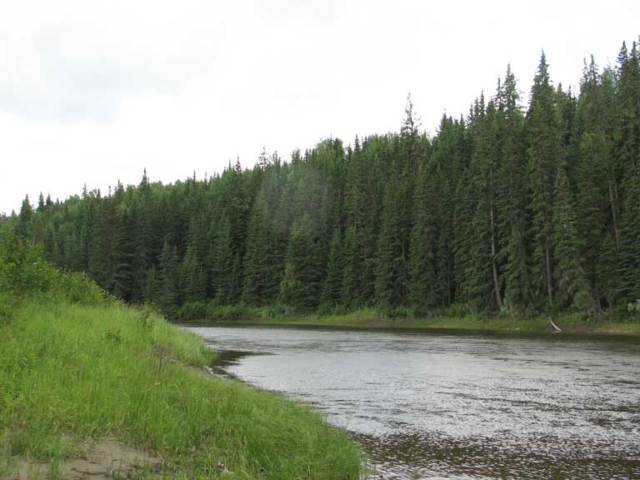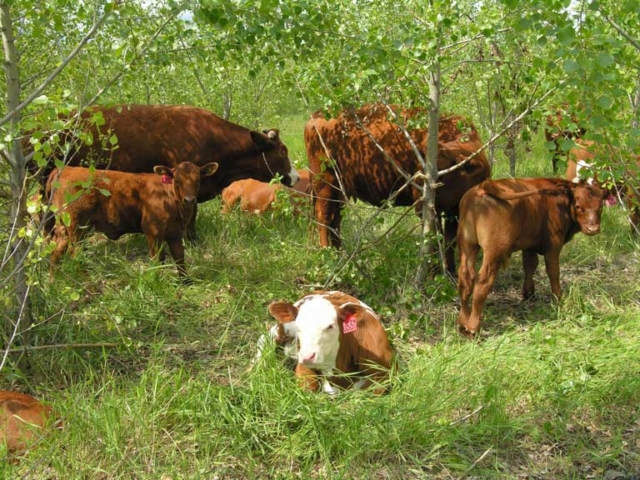The Dirt on Alberta’s Worm Invasion
Author: Maria Votsis
My first ever introduction to worms was pure terror. I had never seen these smooth, flexible, leggless creatures, and all of a sudden my Godmother places a handful of VERY large worms on my coat. As I screamed to get away from this interaction, I later found out how helpful they are in Southwestern Ontario soil. Worms are able to help speed up decomposition and produce very healthy soil in the process from their excrement. It was only when I looked at worms in other locations that I was able to see the harm of their endeavors. Alberta for example has an ecosystem that would be able to thrive highly without them. Now, let’s dig deeper together as to why…
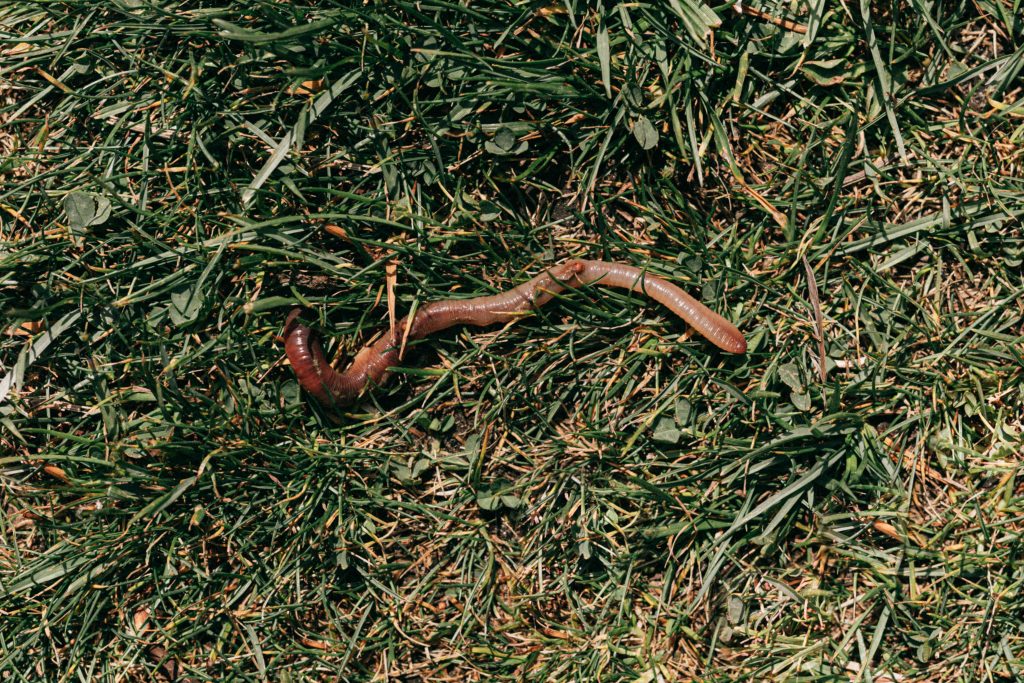
During the last ice age, roughly 10,000 years ago, many native earthworms became extinct in most areas of Canada and the United States. Alberta was almost fully impacted by the moving and melting of glaciers and did not have an earthworm sighting until recently. There is only one native species of earthworm in Alberta, which is located in Porcupine Hills. It was only in areas that did not end up gladicated that are currently inhabited by native worms.
Worms are able to provide so many healthy attributes to the right ecosystem. However, since earthworms are no longer a natural part of the boreal ecosystem due to the glaciers causing extinction, they are now invading a natural environment through the reintroduction of worms by humans. Native plant species are impacted by the changes in soil and coverage. Loose leaves can help with increasing the overall moisture levels in the soil and with retaining a cooler environment. By removing leaf litter prematurely the plants that depend on it cannot thrive. It is important to keep a balance with each environment and to not unintentionally harm ecosystems when exploring nature.
These invasive earthworms have been able to travel to Alberta through activities in nature such as fishing, hiking, or exploring. Oftentimes worms are used as bait for fishing, which ideally would be handled with care after and placed in a contained area. Leaving any worms behind could lead to problems in Alberta’s forests. Earthworms are the clever type, and have been known to hitchhike on tires and shoes when trekking through mud and dirt. An easy wash can help assist with ensuring that there will not be any worms joining you along the way! Cocoons are small enough to miss as well, so picking up leaves from foreign locations is not suggested.
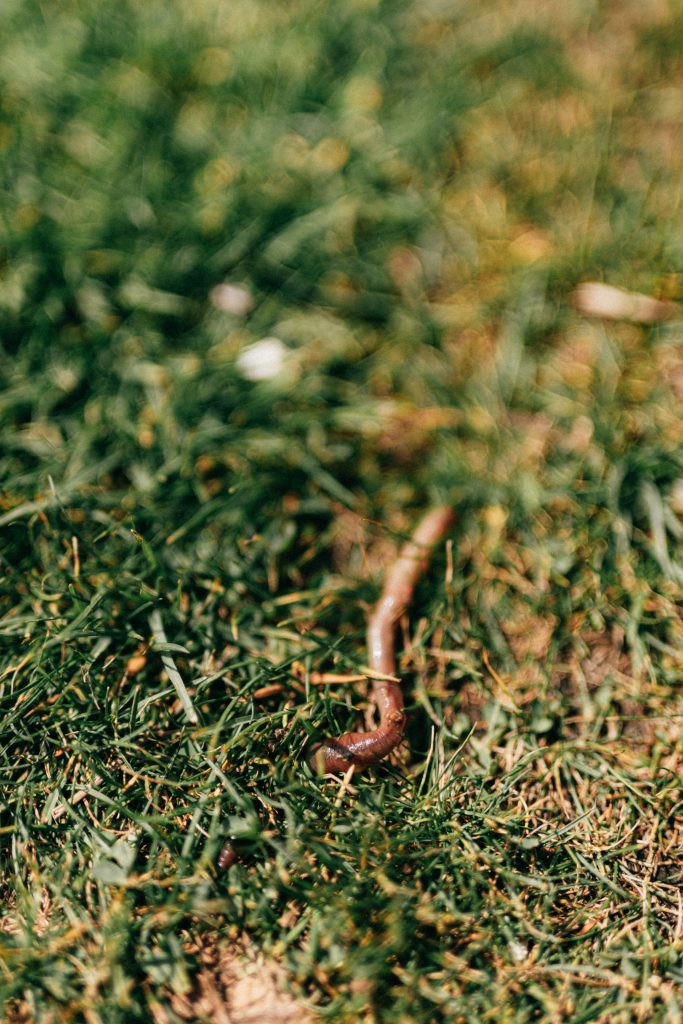 The University of Alberta is currently collecting data on earthworms in the province. If you were to find one you could download their app and help assist with tracking earthworms. This can be a fun way to help reduce invasive species in your area and also have a fun adventure and activity on your next hike! Below I have linked their Three Step guide to help fight the earthworm invasion!
The University of Alberta is currently collecting data on earthworms in the province. If you were to find one you could download their app and help assist with tracking earthworms. This can be a fun way to help reduce invasive species in your area and also have a fun adventure and activity on your next hike! Below I have linked their Three Step guide to help fight the earthworm invasion!
Alberta Worm Invasion Tracker: https://worms.educ.ualberta.ca/
Red worms can be kept inside in an indoor worm composting bin as a way of obtaining worm castings. The worm deposits are full of nutrients that are very helpful with the growth of plants. Since worms are not native to Alberta, having them outside is a risk to the local ecosystem and causes more damage than rejuvenation. Soil health is vital for the growth of native plant species and maintaining a high level of leaf debris is beneficial for a boreal forest. Boreal forests are susceptible to illness due to acid rain making the soil toxic, which increases the need for protection from leaf litter. Every ecosystem functions so differently and it is important to know what insects and plants make a positive impact on the environment. It is easy to assume things will work in all places, but each ecosystem will need different species to function in a way that is resilient to change. Getting to know what is native and what naturally thrives in your area will help maintain the health of your location’s ecosystem. So next time you find yourself playing in the dirt, see if you discover any worms. You never know until you look! Just have fun exploring the world around you.
Here are some interesting facts about earthworms:
- They have five hearts, which allows them to have a high chance of survival if injured.
- Epigeic earthworms can eat between 3-50 mg of litter per day.
- Earthworms are known as ecosystem engineers because of how they influence the landscapes around them.
References & Useful Resources
https://worms.educ.ualberta.ca/resources/Alberta_Earthworm_Invasion_Earthworms_in_Alberta.pdf
https://worms.educ.ualberta.ca/
http://worms.biology.ualberta.ca/spread/ https://www.ualberta.ca/folio/2014/06/earthworm-invasion-calling-all-citizen-scientists.html
http://worms.biology.ualberta.ca/impacts/ https://www.sciencedirect.com/topics/agricultural-and-biological-sciences/boreal-forests
https://www.pexels.com/photo/red-earthworm-crawling-on-grassy-soil-4386491/
https://www.pexels.com/photo/earthworms-on-a-persons-hand-3696170/
https://www.pexels.com/photo/earthworm-crawling-on-green-grass-4386496/


